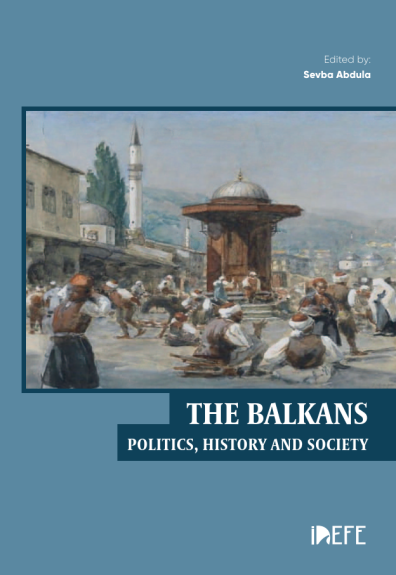Editorial Publishings
Sultan Murad Mosque and Complex in the Formation of Skopje City Identity
Authors
-
Büşra KoçerUludağ University Social Sciences Institute
Synopsis
The first conquest movements from Anatolia to the Balkans started during the reign of Sultan Murad I and gained momentum during the reign of Yıldırım Ba-yezid Khan. The conquest of Skopje was also realized in this period, in 1389-90, by the Ottoman-Turkish army led by Margrave Yiğit Mehmed Pasha (İnbaşı, 2016: 395; Sâlih Âsım Bey, 2004: 55). Following the conquest, the Turkmens in the Saruhan region of Western Anatolia were settled in Skopje, and the proportion of Muslim and Turkish population in the city has increased (Gökbilgin, 2008: 13-15). On this, Şemseddin Sami Frasheri writes in Kamûsü’l-A’lâm: “A comman-ding sultan is Üsküb, which became the first Ottoman and Muslim city in the Greek province by transferring and settling many people from Anatolia to Islam” (Frasheri, 1306: 933) mentions. It is seen that development activities have been initiated in order to meet the needs of the increasing Muslim population and to give the city a Muslim-Turkish identity. The works of the foundation, led by Pasha Yiğit Bey in the 15th century, were later continued by his spiritual children (İshak Bey), grandchildren (İsâ Bey) and Ottoman sultans. During the reign of Murad II (1421/51), a new settlement was established with the construction of the Sultan Murad Mosque and Complex (1436/37), which the sultan had built in his name, and the city began to be revived with other architectural works built in the same period.
Downloads
Publication Information
-
Publication TypeChapter
-
Volume
-
Pages247-267
-
Series
-
Series PositionResearch 9
Abdula, S. (Ed.). (n.d.). Sultan Murad Mosque and Complex in the Formation of Skopje City Identity. In The Balkans Politics, History and Society: Vol. Research 9 (pp. 247-267). Idefe Publications. https://doi.org/10.51331/EB06.17BK
